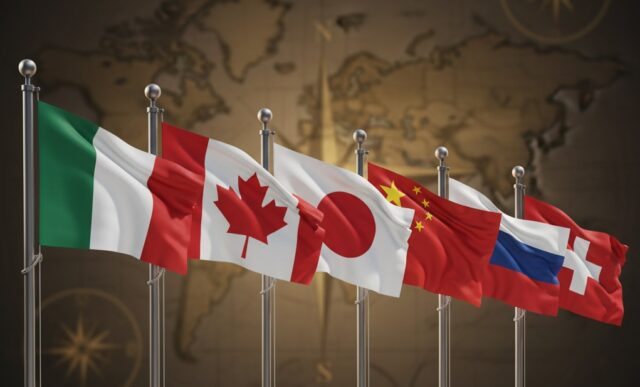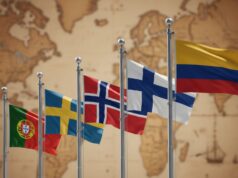Welcome Back to Our Global Flag Journey!
Hey Friends, we continue our National Flags exploration series! We are thrilled to continue this compelling series dedicated to the world’s National Flags! If you’re just joining us on this vexillological journey, welcome! We started this series because National Flags are the meticulously designed symbols that, condense centuries of history, culture, and national identity into a single, visually powerful piece of cloth. Our goal is to unpack the design specifications, historical context, and unique facts that make each flag an engineering and cultural marvel.
What We’ve Covered So Far
In Part One, we laid the groundwork by reviewing six foundational and influential National Flags: Denmark, The Netherlands, The United States, France, Germany, and Brazil. We discovered fascinating details, from the Dannebrog being the world’s oldest continuously used national flag to the history behind the American 10:19 aspect ratio. Those flags offered a wonderful snapshot of tricolour traditions and unique symbols.
What We’re Covering Now
Now, in Part Two, we are raising the bar and reviewing another six equally significant National Flags: Italy, Canada, Japan, China, Russia, and Switzerland. This selection brings us face-to-face with design extremes, from the rare 1:1 square flag of Switzerland to the unique 1:2 proportions of the Canadian Maple Leaf. We will be meticulously examining their launch dates and the profound meaning behind their colors and symbols. Get ready to explore another round of beautiful and powerful National Flags!
A Look at Six National Flags
We are delving into the designs, history, and specifications of another six remarkable National Flags. Each one tells a unique story of national identity and culture.
| Country | Flag Picture (Symbolic Representation) | Launch Date (Modern Version) | Shape/Size/Aspect Ratio |
|---|---|---|---|
|
Italy
|
Three equal vertical bands of green (hoist side), white, and red.
|
Adopted June 18, 1946 (Current colors codified April 14, 2006)
|
Rectangular, 2:3
|
|
Canada
|
A vertical triband of red, white, and red, with a red stylized maple leaf in the center.
|
Adopted February 15, 1965
|
Rectangular, 1:2
|
|
Japan
|
A white rectangular field bearing a large red disk, known as Hinomaru (Sun Disc).
|
Officially adopted August 13, 1999 (Used historically since 1870)
|
Rectangular, 2:3
|
|
China
|
A red field charged in the canton with five gold stars; one large star and four smaller stars.
|
Adopted October 1, 1949
|
Rectangular, 2:3
|
|
Russia
|
Three equal horizontal bands of white (top), blue, and red.
|
Re-adopted August 22, 1991 (Used historically since 17th Century)
|
Rectangular, 2:3
|
|
Switzerland
|
A red field with an equilateral white cross in the center.
|
Adopted December 12, 1889
|
Square, 1:1
|
Detailed Review of Six Powerful National Flags
Italy: The Tricolore of Renewal
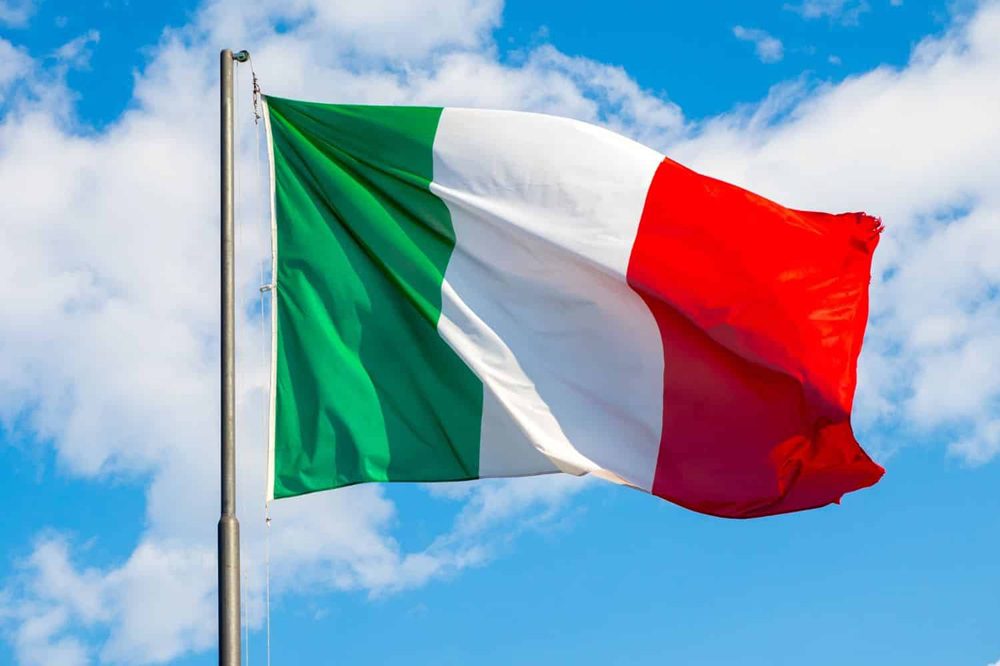
The Italian National Flag is known as Il Tricolore, featuring green, white, and red vertical stripes. It was inspired by the French tricolour design, representing a new era of political thought. The flag was officially adopted when the Italian Republic was founded in 1946. Fun fact: The official colour shades of this 2:3 rectangular National Flag were precisely standardized in 2006 to avoid variations and ensure visual consistency, reflecting a commitment to national unity.
Canada: The Distinctive Maple Leaf

Canada’s globally recognized National Flag features a prominent red maple leaf, positioned on a white square bordered by two vertical red bands. Its official aspect ratio is a notably long 1:2. This design was carefully chosen to replace the Canadian Red Ensign. It was officially unveiled in 1965, following considerable public debate. The maple leaf is a central Canadian symbol, representing the nature and spirit of the people and the nation.
Japan: The Land of the Rising Sun
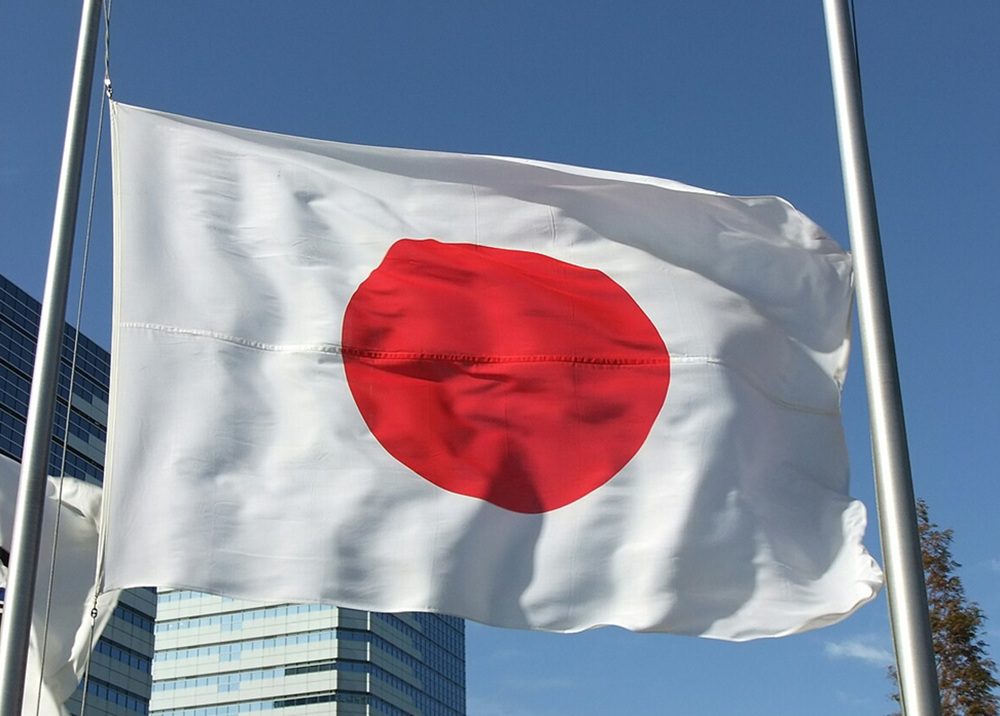
The Japanese National Flag, called Nisshōki or Hinomaru, is famously simple, featuring a red disc on a white background. This design symbolizes the sun, referencing the country’s ancient name, “Land of the Rising Sun.” The flag’s modern specifications were officially codified in 1999, ensuring the correct color and the 2:3 rectangular proportions. The sun disc’s position is perfectly centered on this revered National Flag, embodying clarity and integrity.
China: The Five-Star Red Flag
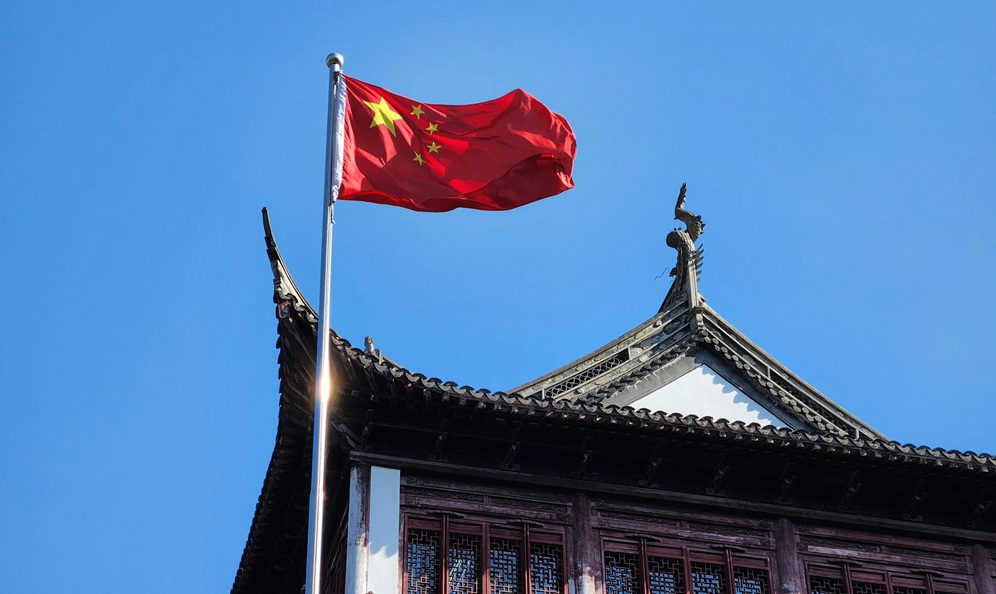
China’s National Flag is a striking red field adorned with five golden stars in the top corner. The large star represents the leadership of the Communist Party. The four smaller stars symbolize the people and the four classes of society, demonstrating collective strength. Adopted in 1949, this 2:3 rectangular flag uses red to symbolize the revolution. This powerful National Flags design is an emblem of China’s modern socialist history.
Russia: Echoes of Pan-Slavic Colours
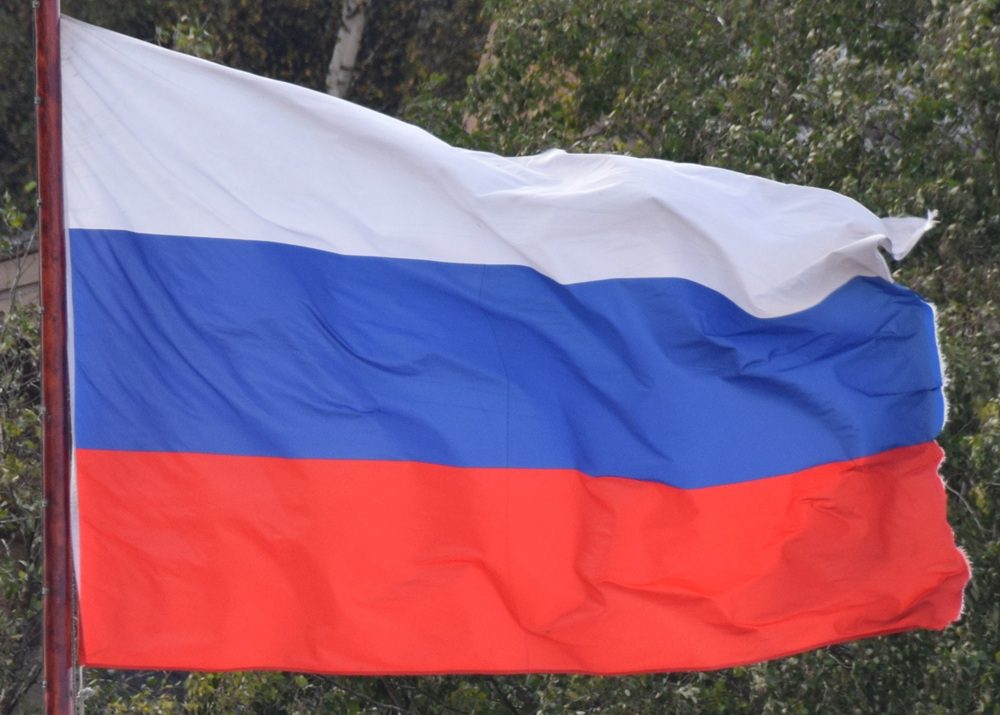
The Russian National Flag is a horizontal tricolour of white, blue, and red stripes, often credited with inspiring the Pan-Slavic colours found across Eastern Europe. The flag was re-adopted in 1991, following the dissolution of the Soviet Union. Its current 2:3 rectangular form restores a design used historically by the Russian Empire since the late 17th century. It is a simple yet historically layered National Flags design.
Switzerland: The Unique Square Shape
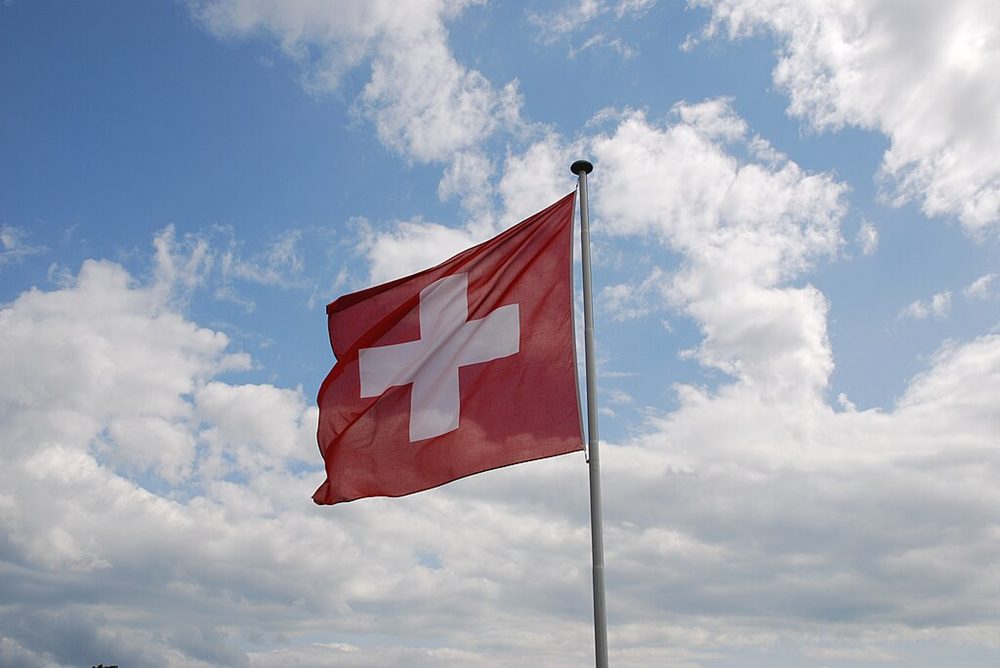
Switzerland boasts one of the world’s most unique National Flags because it is perfectly square with a 1:1 aspect ratio! Only Switzerland and the Vatican City use a square National Flag. This striking red flag with a white cross in the center was officially adopted in 1889. The cross dates back to medieval battle flags, signifying the country’s historic federal nature. This square shape immediately sets this National Flags apart globally.
National Flags: A Tapestry of Global Identity
Our second look at these National Flags highlights the sheer diversity and profound meaning embedded in each design. From the unique square of Switzerland to the influential tricolours of Italy and Russia, these banners beautifully convey national pride. The precision in official standards, whether for color or the $1:2$ Canadian aspect ratio, demonstrates the care given to these national symbols.
FAQs about National Flags
Which major National Flag is a perfect square?
The National Flag of Switzerland is one of only two square National Flags of sovereign states in the world, with a $1:1$ ratio.
What is unique about the Canadian National Flag’s size?
The Canadian National Flag has a non-standard $1:2$ aspect ratio, making it noticeably longer than the common $2:3$ flags.
What do the stars on the Chinese National Flag represent?
The large star symbolizes the Communist Party of China, and the four smaller stars represent the four social classes of the Chinese people.
Today, we celebrate the 59th anniversary of one of our country’s greatest symbols – the National Flag of Canada. Let’s work together to secure the promise of the flag, embody its values, and build a better, more prosperous future. PM Trudeau’s statement: https://t.co/vQM6DuOVaj pic.twitter.com/VAcf1bvmCG
— Prime Minister of Canada (@CanadianPM) February 15, 2024
Which of these six designs is your favorite, and which other National Flags should we cover next? Let us know your thoughts in the comments below! We are always excited to discuss the stories behind these important national symbols.
#ItalyFlag, #CanadaFlag, #JapanFlag, #ChinaFlag, #RussiaFlag, #SwitzerlandFlag, #NationalFlags, #WorldFlags, #Vexillology, #SquareFlag, #MapleLeaf, #Hinomaru, #Tricolour, #FlagFacts, #GlobalIdentity





























